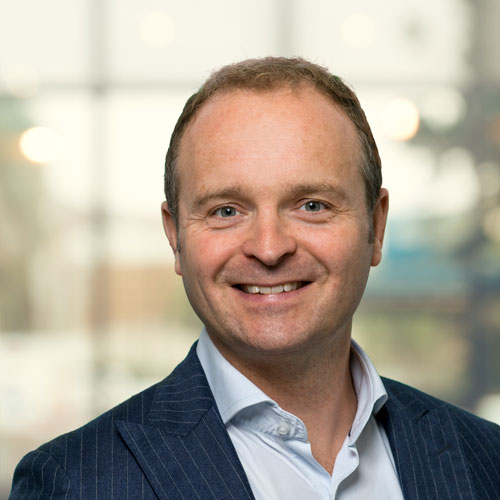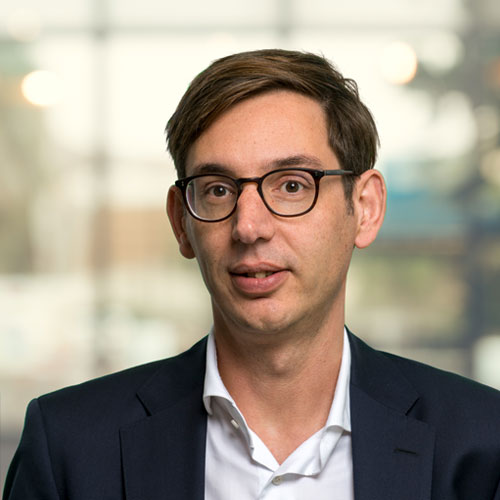
TNO’s view of 2030: Getting a grip on climate change from space
Greenhouse gas emissions in the atmosphere are one of the main contributors to climate change and must therefore be rapidly reduced if we are to meet the 2030 climate targets. This is no easy task, as it proves difficult to identify the biggest polluters with certainty. TNO is working on new satellite technology that makes it possible to do so. Because the better we identify emissions, the more targeted the action we can take.
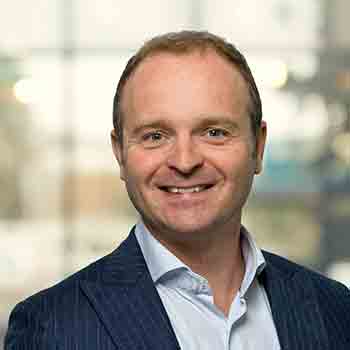
TNO is very good at developing satellite instruments to measure the chemical composition of the atmosphere. We do this together with scientific partners and industry
Impact-driven
“A few years ago, we asked ourselves how we could focus our work even more on the big societal problems and at the same time further strengthen the Dutch space sector. That led us to a clear goal: we want to help the world reduce greenhouse gas emissions - before 2030,” says Kees Buijsrogge.
Tropomi is a good example of TNO technology in space. This unique measurement instrument maps air pollution worldwide and is on board the Sentinel-5p satellite launched by the European Space Agency in 2017. Anton Leemhuis, Kees' colleague and Head of Earth Observation, adds: “I spent a year talking to policymakers, companies and scientists to see what information they would like to get from Earth observation. And all with the same goal: to reduce emissions.”

'TNO is working with partners on a new mission: Tango. This satellite mission includes instruments that can measure emissions at plant level, such as a coal-fired power plant.'
Measuring more accurately
Companies are keen to know the volume of emissions they cause, while policymakers can only take targeted action if they know in detail where pollution comes from. Both camps look to science for a solution. Currently, emissions are often estimated rather than measured. Even Tropomi is unable to take measurements at plant or company level. Anton: “Tropomi can properly map very strong emissions, the so-called "super emitters", but there are perhaps a few dozen of them worldwide. Of all the thousands of other polluters, we have no idea. In addition, Tropomi can detect methane but not CO2.”
Kees cites a clear example: “Tropomi has measured methane emissions from about 6% of Australian coal mines. If you compare that with total estimated emissions, these mines would be responsible for more than half. So the estimates can never be correct. And accurate measurement is of crucial importance.” Anton: “That's why TNO is working with partners on a new mission: Tango. This satellite mission includes instruments that can measure emissions at plant level, such as a coal-fired power plant. Companies and governments can then take very targeted action.”
Big steps
To make Tango a reality, a solid investment is needed in the first place. TNO is discussing this with the Dutch government, among others. Next, the data generated from Tango will have to be shared intelligently with scientists, companies and policymakers. “That requires great attention, but I’m confident we’ll succeed,” says Anton. “In addition, international cooperation, with the EU and the UN for example, is very important. After all, we want the data to be usable globally.” And last but not least: TNO and its partners are already working on the next generation of measuring instruments, so that in the future we can identify even smaller sources of emissions even more precisely than with Tango.
Clear Air consortium
Independent and indisputable verification of emissions using satellite data gives extra clout to the the Paris Climate Agreement. This is why TNO co-founded the Clear Air consortium, together with KNMI, SRON and TU Delft.
Kees concludes: “Countries will have to start acting, because emissions obviously do not stop at the border. Fortunately, there is also a lot of interest in Tango internationally. In 2022, Anton spoke in Egypt at the COP, the consultative body for all the countries that signed the Paris Agreement. This is very special and hopefully bodes well for the rest of the Tango mission.” In any case, TNO will make every effort to ensure its success.
Make your mark on our time
TNO is always looking for time setters, people who dare to push boundaries, who dare to dream of a future in which for example we can measure global greenhouse gas emissions from space. We are looking for smart all-rounders who are able to make science applicable, who know how to use all the innovative technological developments to make the world more sustainable. Now is the time to bring your talent and your ambition to TNO. Have a look at our vacancies.
TNO’s goals for 2030
Over the past nine decades, countless innovations have been developed, each with its own impact. For the coming decade, TNO sets ambitious goals to realise together with partners. With these goals for 2030, TNO contributes to societal issues and the earning capacity of the Netherlands.
Get inspired
Methane emissions in the North Sea Symposium
Tracking sources of greenhouse gases with satellites
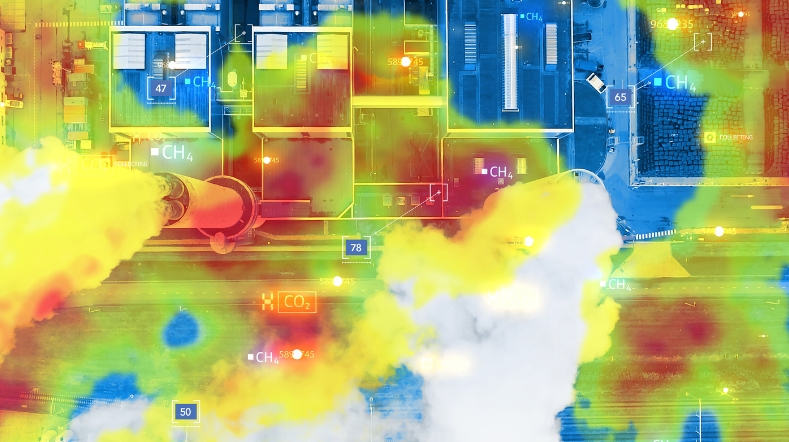

This is our time: Eleonie van Schreven’s work on small satellites with a big impact
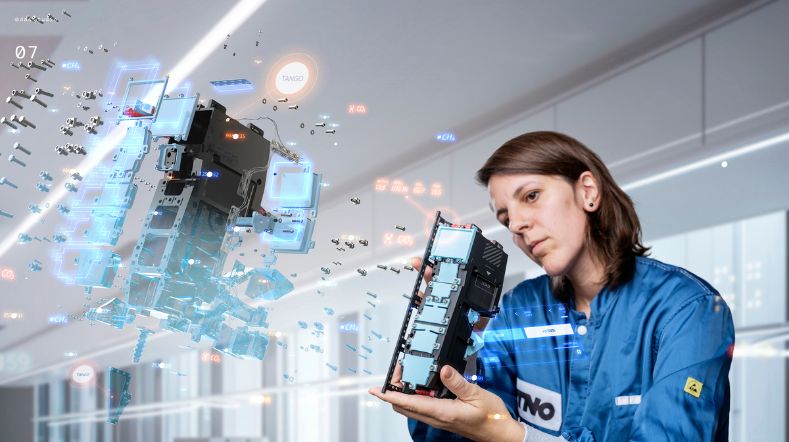

ATACH selects TNO model for climate-related health risks in Kenya
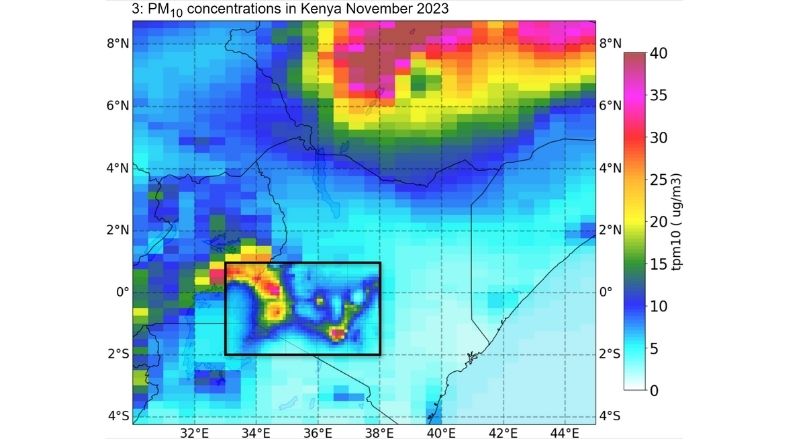

Vacuuming the highway to reduce environmental microplastics from tyres


